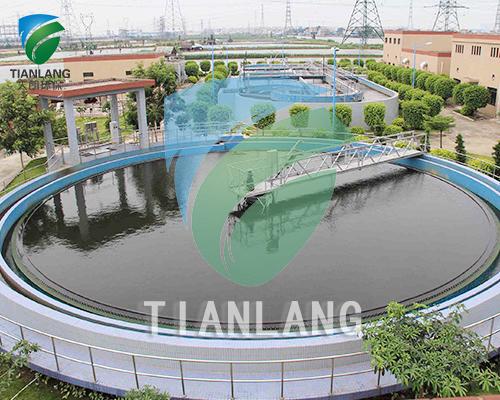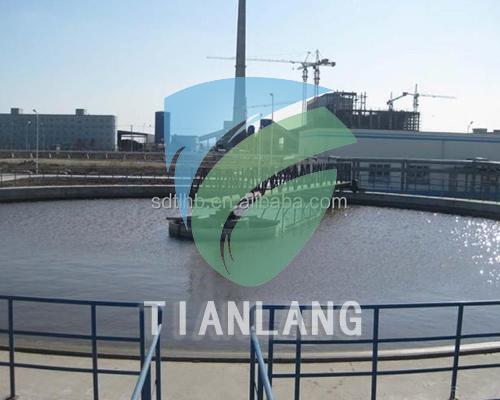Center drive scraper
The central - drive sludge scraper is a key equipment widely used in sedimentation tanks of wastewater treatment plants, water treatment plants, and some industrial production processes that require solid - liquid separation.
1. Structure
• It has a relatively simple yet robust structure. The main components include a central drive mechanism, a rotating bridge, scraper blades, and a sludge collection hopper. The central drive is installed at the center of the sedimentation tank. It provides the power source for the entire equipment, driving the rotating bridge to rotate slowly.
• The rotating bridge extends radially from the central drive. It is usually made of strong metal materials to ensure stability during rotation. Attached to the rotating bridge are multiple scraper blades, which are carefully designed to have an appropriate angle and shape.
2. Working Principle
• As the central drive starts to operate, it rotates the bridge at a low - speed. The scraper blades, which are in contact with the bottom of the sedimentation tank, move along the tank bottom. They gently scrape the sludge that has settled at the bottom towards the center sludge collection hopper.
• During the operation, the slow - speed rotation of the scraper blades ensures that the sludge is not re - suspended, allowing for efficient collection. Once the sludge reaches the collection hopper, it can be easily removed from the tank for further treatment, such as sludge dewatering and disposal.
3. Advantages
• High - efficiency sludge collection: It can evenly distribute the scraping force across the entire sedimentation tank bottom, effectively collecting sludge.
• Stable operation: The central - drive structure provides a stable power transmission, resulting in smooth rotation and less vibration during operation.
• Low energy consumption: With its optimized design and slow - speed operation, it consumes relatively little energy, which helps to reduce the overall operating costs of the treatment system.
• Easy maintenance: The simple structure makes it convenient for inspection, repair, and replacement of components, minimizing downtime.


CATEGORIES
CONTACT US
Name: Katherine Wong
Mobile:+86 18764642379
Whatsapp:+86 18764642379
Email:vip@tianlangtec.com
Add:NO.19, SHUNDE ROAD, SHUNWANG SUB-DISTRICT, ZHUCHENG CITY, WEIFANG CITY,SHANDONG, CHINA
